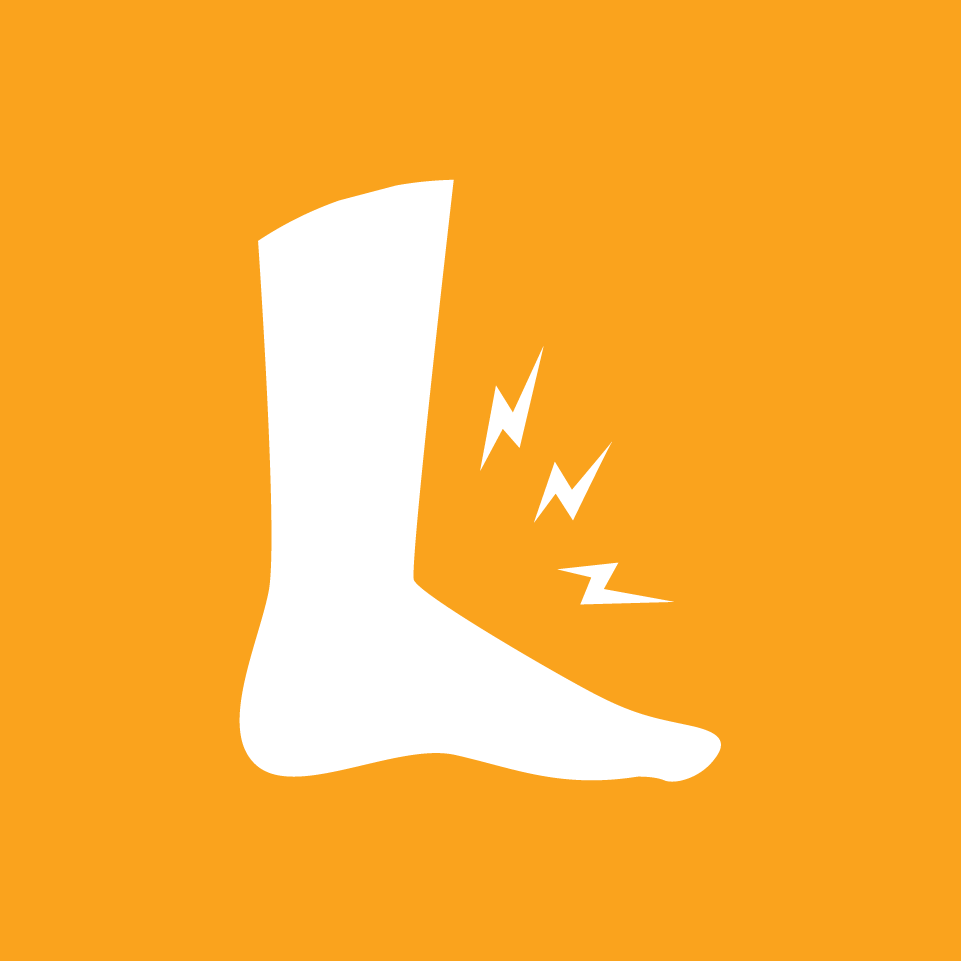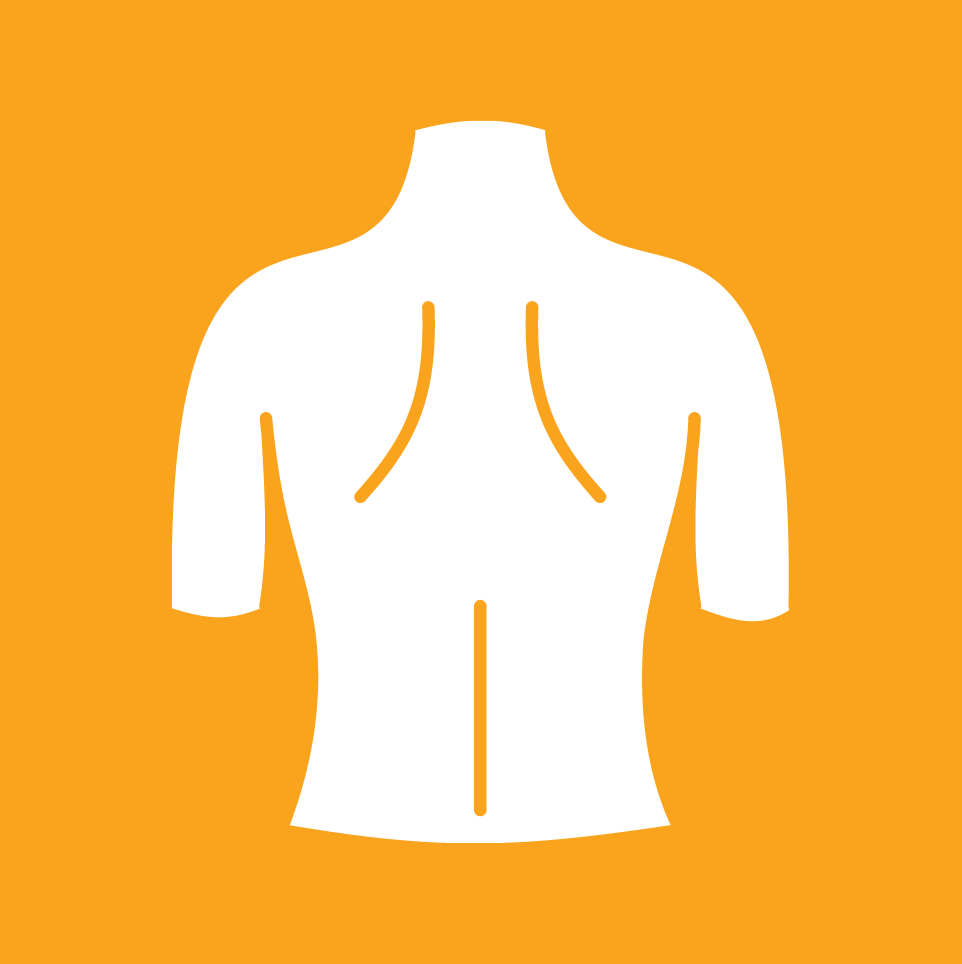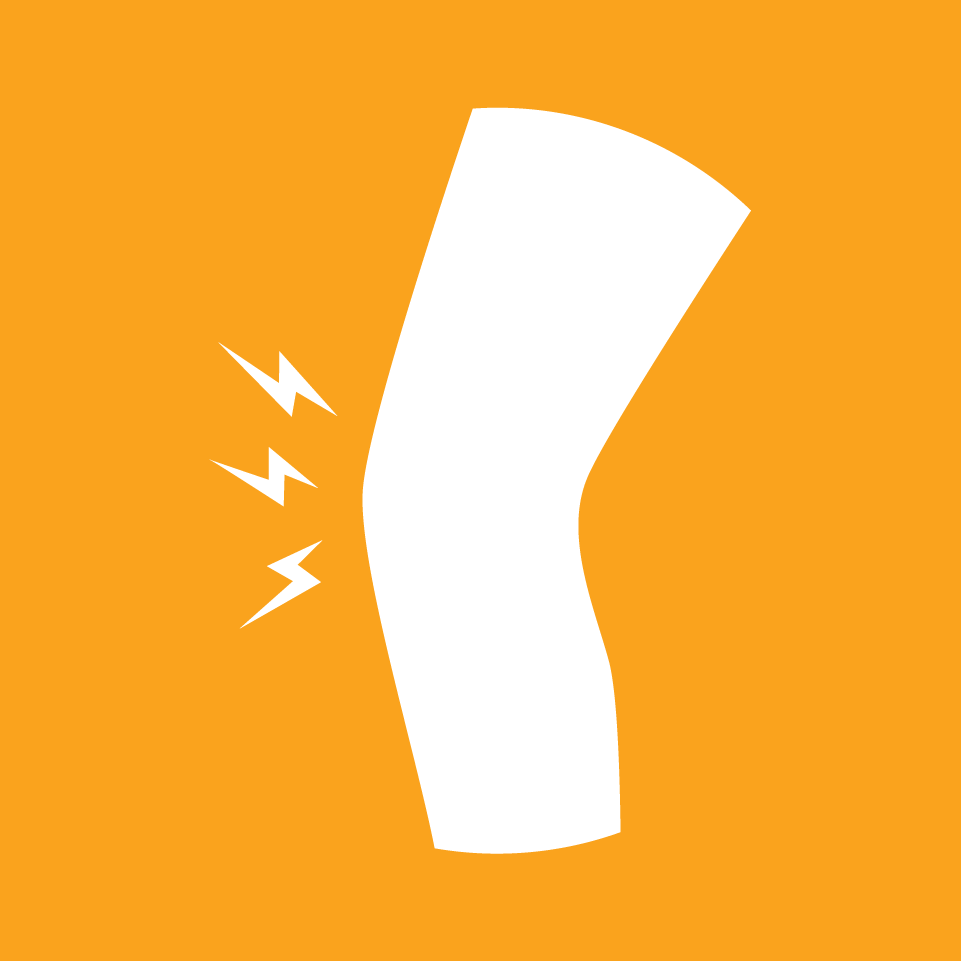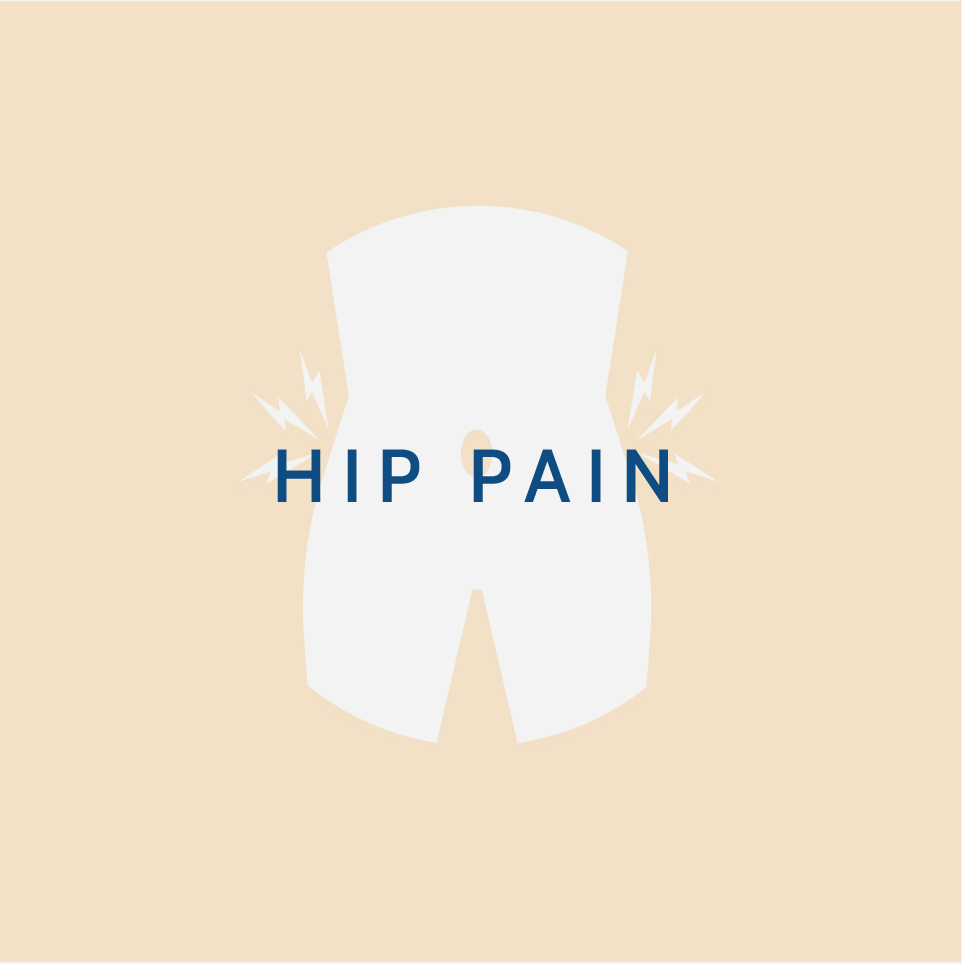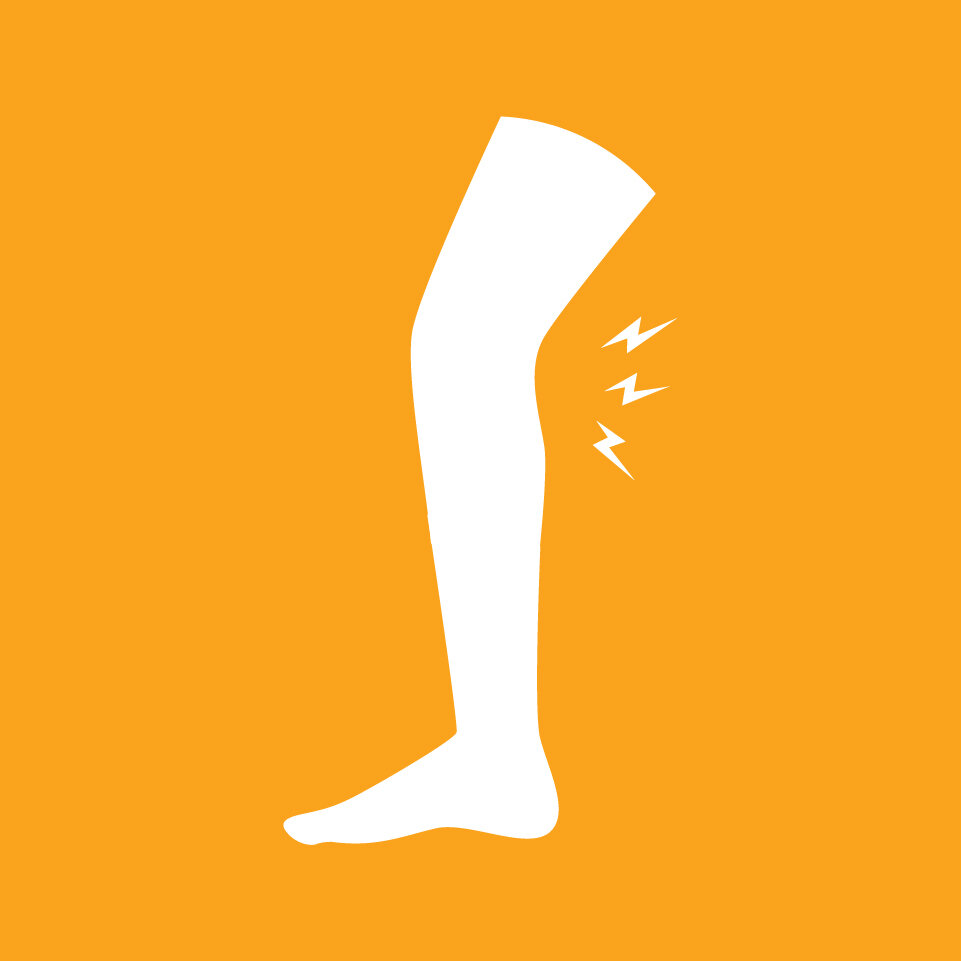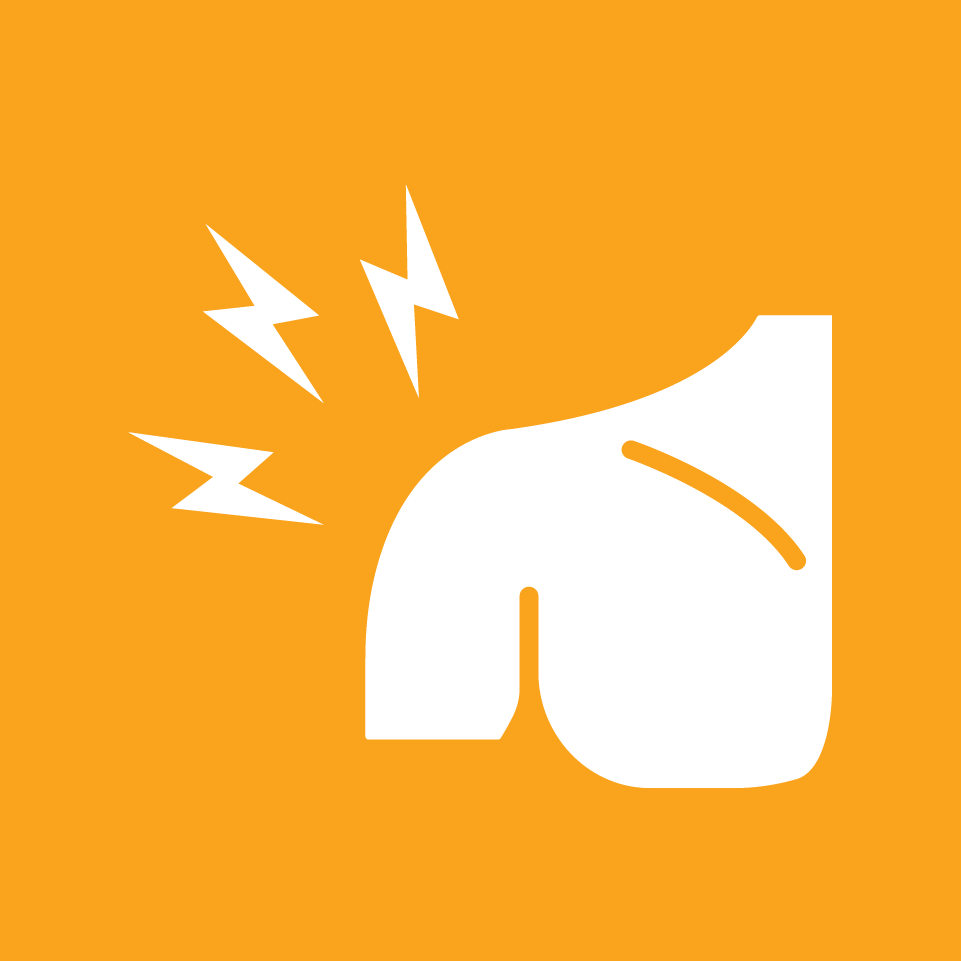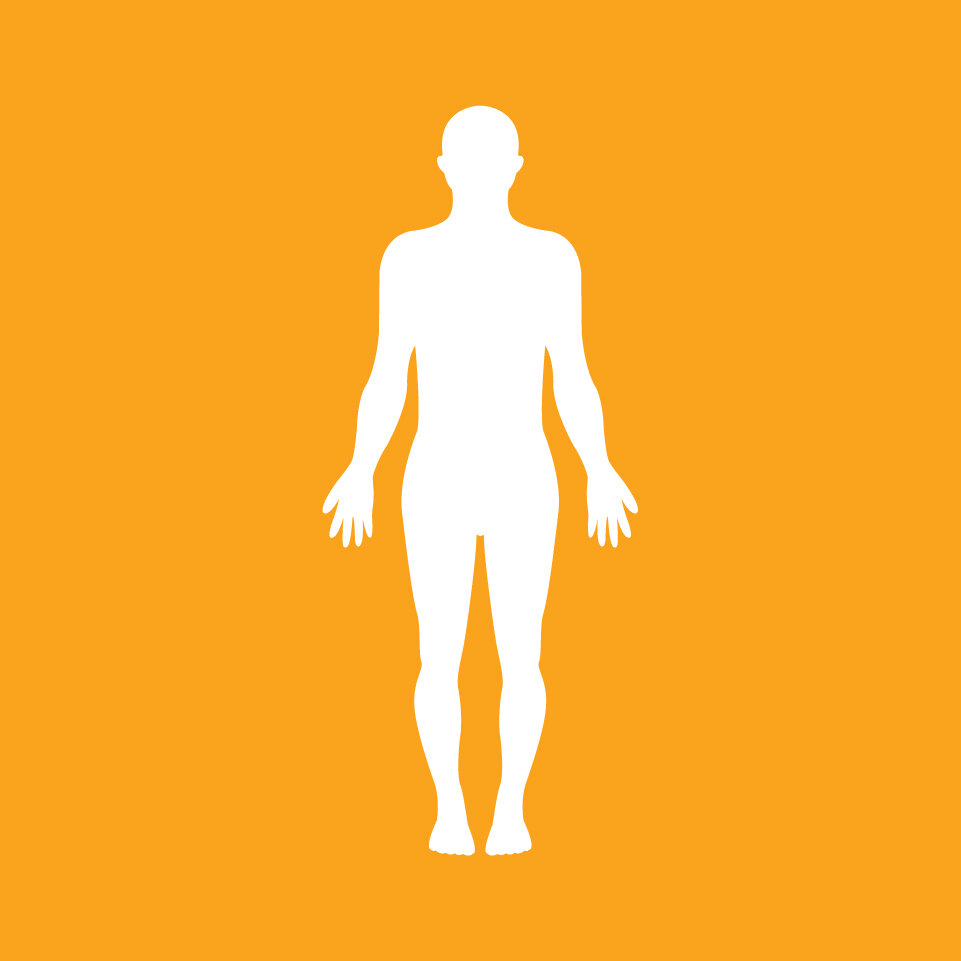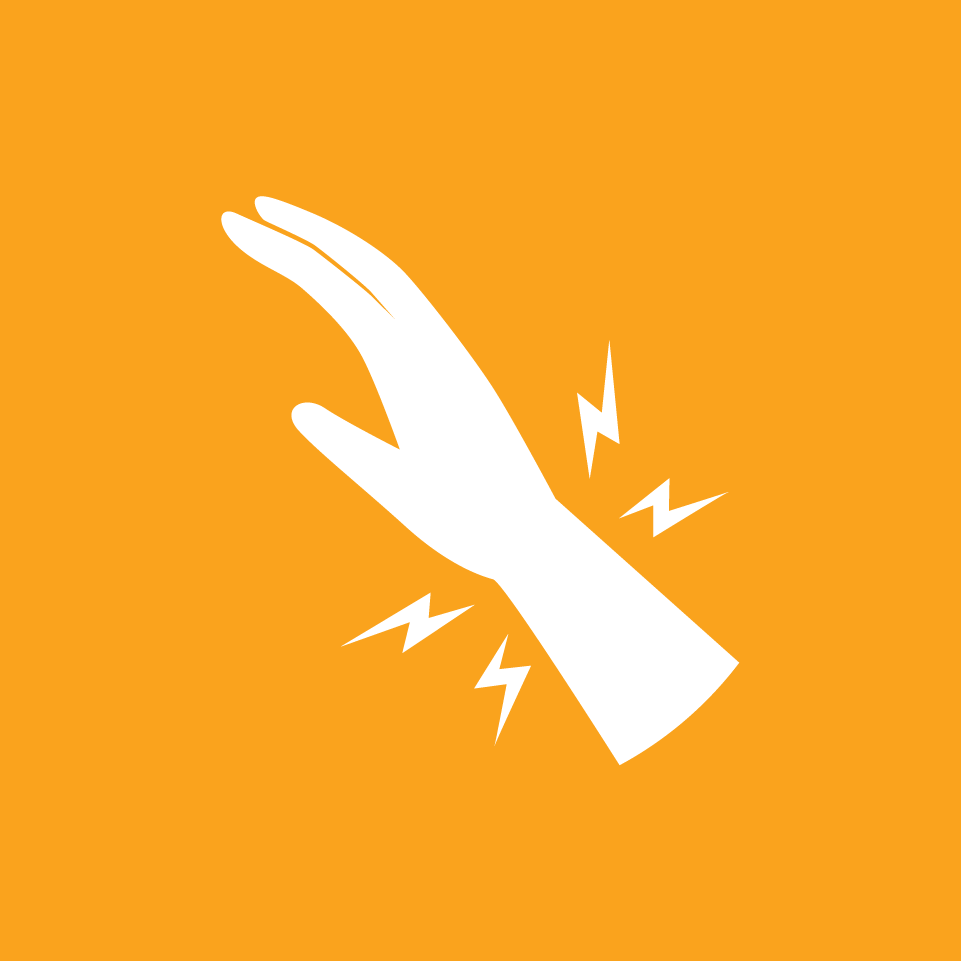Why does my hip hurt?
Hip pain is a common complaint and can be a result of many different reasons. In fact, patients will often report pain in the hips when the root cause is actually from pain in other areas of the body radiating to the hips (for instance, a hernia or groin injury). Though the hip is a resilient joint that can sustain repeated motion and usage, hip injuries often have crippling effects because nearly all body motion involves the hip joint.
Cartilage in the hip can become worn down, hip tendons can become overused, hip muscles can fatigue, and the hip bone itself can be fractured during a fall or similar injury. If you experience hip pain toward the outside area of your hip, the buttock, or thigh it can be due to injuries involving tendons, ligaments, and muscles in the hip region. Another cause of low back pain, buttock pain, hip pain or even leg pain may be attributed to dysfunction in the sacroiliac joint (SI joint). The symptoms of an SI joint dysfunction may feel very similar to pain caused by sciatica.
Femoroacetabular Impingement (FAI) is a painful hip condition which is thought of as precursor to the development of hip arthritis. The underlying pathology of FAI is usually resultant from the impingement of bony incongruences at the pelvis and thigh bone. There are many varieties of FAI, but pain is usually located in the front of the hip with pronged sitting or athletic maneuvers. FAI is most commonly experienced by younger people participating in recreational or competitive athletics or dance, but can also be experienced in middle-aged population.
Symptoms of hip pain:
Groin pain
Pain inside the hip joint
Pain outside the hip joint
Pain in the thigh area
Pain in the buttocks area
Reduced range of motion
Limping
Pain with prolonged sitting
Pain while laying on your side
Possible reasons for hip pain:
Osteoarthritis:
Hip osteoarthritis (hip OA) is the wearing down of the cartilage (lining over the bones) of the hip joint. It can develop at any age, although it is more commonly diagnosed in older adults. Hip OA can make everyday activities, such as walking or climbing stairs, difficult. Hip osteoarthritis is the inflammation and wearing away of the cartilage of the hip joint, a condition that is more likely to develop as people age. Osteoarthritis results when injury or inflammation in a joint causes the soft, shock-absorbing cartilage that lines and cushions the joint surfaces to break down. When the cartilage is damaged, the joint can become painful and swollen. Over time, this condition can cause stiffness, muscle weakness, and increasing pain, leading to limited function.
Your physical therapist will explain what hip OA is, how it is treated, the benefits of exercise, the importance of increasing overall daily physical activity, and how to protect the hip joint while walking, sitting, climbing stairs, standing, carrying loads, and lying in bed.
Testing will reveal any specific physical problems you have that are related to hip OA, such as loss of motion, muscle weakness, or balance problems. Addressing the problems in surrounding body regions, such as the spine and the lower extremity, is important to the treatment of hip OA. The pain of hip OA can be reduced through simple, safe, and effective physical activities like walking, riding a bike, or swimming. Although physical activity can delay the onset of disability from hip OA, people may avoid being physically active because of their pain and stiffness, confusion about how much and what exercise to do, and not knowing when they will see benefits. Your physical therapist will be able to guide you in learning a personal exercise program that will help reduce your particular pain and stiffness. Your physical therapist will work with you to:
Reduce your pain
Improve your leg, hip, and back motion
Improve your strength, standing balance, and walking ability
Speed healing and your return to activity and sport
Reduce pain.
Improve motion.
Improve strength.
Speed recovery time.
Return to activities.
Psoriatic arthritis
Living with psoriatic arthritis can mean chronic joint pain and swelling, constant fatigue, and a limited range of motion that makes daily activities a challenge. But working with a physical therapist can alleviate some of these symptoms.
Regular exercise helps keep the joints functioning properly. The goal of physical therapy is to reduce pain, restore or improve mobility, make it easier to perform everyday tasks, and prevent disability. A physical therapist may:
Work with you to develop an individualized fitness plan that includes strengthening, stretching, and aerobic exercises.
Recommend heat and cold therapies to ease joint pain and stiffness.
Show you how to use assistive devices that can help you perform daily tasks.
Suggest modifications to help you conserve energy and protect your joints.
Rheumatoid arthritis
Rheumatoid arthritis is a chronic inflammatory disease. RA often results in pain and inflammation in joints on both sides of the body. In some people, it can become disabling due to its effect on the immune system. Physical therapists help people with RA manage their symptoms and improve and maintain daily activity levels.
Physical therapists play a vital role in helping people with RA improve and maintain function. Your PT will work with you to develop a treatment plan to help address your specific needs and goals, and keep you moving well. PTs understand how bones, joints, and muscles work together. They can help you get your body back on track.
Because the signs and symptoms of RA can vary, the approach to your care also will vary. What works for you may not work for others. Your PT will design a treatment plan to meet your needs and may:
Provide advice and encouragement on how to improve your general fitness with regular exercise. As with many conditions, education is key to building and keeping good health.
Design a personal exercise plan to improve your joint flexibility and muscle strength.
Help you develop energy-saving measures to improve your daily functions at home and work.
Suggest short-term, pain-relief methods, such as gentle heat and electrical stimulation
Septic arthritis
Septic arthritis is also commonly referred to as bacterial or infectious arthritis. Septic arthritis is an intensely painful infection in a joint. Once the infection is well-managed, current evidence states the patient will usually respond best to aggressive physical therapy to allow maximum post-infection functioning. Physical therapy needs to consist of allowing the joint to be in its functional position and positioning the joint to allow passive range of motion activities.
Tendinitis
The hip joint is one of the largest joints in the body. It is composed of one osseous (bony) joint. The hip is built for weight bearing and movement in several different planes. The stability of the hip joint comes from the joint design, capsule, ligaments, muscle and a cartilaginous tissue called the labrum. There are several groups of muscles and tendons that attach near, and control, the hip.
A tendon is the cord-like part of the muscle that attaches muscle to bone. Hip tendinitis is the irritation, inflammation and swelling of tendons around the hip. The most common tendons affected are the psoas/hip flexor, rectus femoris/quadriceps, hamstring, and gluteus medius/buttock.
Your physical therapist will perform a thorough evaluation to assess and determine the following:
Tendon: a series of tests will be performed to determine which tendon is involved.
Strength: resisted testing is performed to determine if there is associated weakness or strength imbalances
Flexibility: tight muscles can contribute to poor mechanics and weakness creating imbalances and making the hip more susceptible to tendinitis.
Technique: Often it is the way we perform motions (run, jump, cycle or row) that may cause a problem. Discuss and observe the activities you participate in, that may have started the problem to improve technique.
Training: review your training program and any sudden changes that may have precipitated or caused the present condition.
Alignment or footwear: a physical therapist will assess your leg lengths, foot mechanics and alignment to see if there are any imbalances. Checking for appropriate footwear is a crucial part of balancing the stresses applied to your legs and body.
Physical therapy for hip tendinitis must remain conservative at the onset to avoid aggravating the condition. Emphasis will be on rest, reducing the inflammation and increasing the blood circulation for healing. Once the initial inflammation has been reduced, a program of stretching and strengthening will be initiated to restore flexibility to the muscles involved and improve strength to reduce stress on the tendons and the hip. Taping or strapping to rest and reduce the stress placed on the tendon and promote healing may be necessary.
Hip dislocation
Due to the inherent stability of the hip, dislocations are rare. When dislocations do occur, they are typically the result of trauma or extreme force. The hip can dislocate in either a posterior (back) or anterior (front) direction.
A hip dislocation is a serious injury. Following relocation and reduction of pain, weight bearing should be initiated. Individuals will start partial weight bearing with crutches or a walker and then progress to full weight bearing. Initiation of weight bearing and progression of treatment will depend on the severity of the injury. Emphasis will be on reduction of pain, progression of weight bearing, improving range of motion, hip strength and stability.
Gait and weight bearing activities may be used to help the patient wean-off assistive devices and progress to full weight bearing
Range of Motion: restore range of motion, avoiding the position of dislocation while the ligaments and muscles heal
Strengthening: Improve strength of the affected hip musculature and total leg strength.
Stabilization: Work on the primary hip stabilizers in weight bearing functional positions to improve dynamic stability of the hip joint.
Function: Progression to functional activities including daily life (stairs, kneeling, squatting, getting in and out of the car, etc.), or returning to high-level functions like sport performance.
Hip fracture
A hip fracture is a break in the upper quarter of the femur (thigh) bone. The “hip” is a ball-and-socket joint. It allows the upper leg to bend and rotate at the pelvis. An injury to the socket, or acetabulum, itself is not considered a “hip fracture.” Management of fractures to the socket is a completely different consideration.
The goal is for you to get back to the activities that you were able to do before you fractured your hip. To help you reach that goal, we’ll get you moving around as soon as possible after surgery.
Labral tear in the hip
A hip labral tear occurs when there is damage to the labrum (ring of cartilage) within the hip joint. The hip joint is where the thigh bone (femur) meets the pelvis (ilium). It is described as a ball-and-socket joint. This design allows the hip to move in several directions. The bony hip socket is surrounded by the labrum, which provides additional stability and shock absorption to the hip joint.
A labral tear results when a part of the labrum separates or pulls away from the socket. Most commonly, a labral tear is the result of repetitive stress (loading) irritating the hip, often due to long-distance running or performing repeated, sharp, sports movements, such as twisting and cutting.
When you have been diagnosed with a hip labral tear, your physical therapist will work with you to develop a plan to help achieve your specific goals. To do so, your therapist will select treatment strategies in any or all of the following areas:
Education.
Pain management.
Manual therapy.
Movement reeducation.
Muscle strengthening.
Functional training.
Bursitis
Hip bursitis (also called trochanteric bursitis) occurs when one or both of the 2 bursae (fluid-filled sacs on the side of the hip) become damaged, irritated, or inflamed. Bursitis (“-itis” means “inflammation of”) means the bursa has become irritated and inflamed, usually causing pain. Normally, the bursa acts as a cushion for muscles and tendons that are close to it. Certain positions, motions, or disease processes can cause constant friction or stress on the bursa, leading to the development of bursitis. When the bursa becomes injured, those muscles and tendons don’t glide smoothly over it, and they can become painful.
Your physical therapist will work with you to:
Reduce Pain and Swelling.
Improve Motion.
Improve Flexibility.
Improve Strength.
Improve Balance.
Learn a Home-Exercise Program.
Return to Activities.
Speed Recovery Time.
Pinched nerves
The pain from a pinched nerve in the hip can be severe. You may have pain when you move or you may walk with a limp. The pain can feel like an ache, or it may burn or tingle. You may also have numbness that can spread down your leg. A pinched nerve occurs when tissues press on the nerve, causing tingling or even weakness.
Most individuals dealing with a pinched nerve start with more conservative treatments, like physical therapy. These treatments often provide pain relief. During physical therapy sessions, you learn to perform exercises for sciatica that alleviate a pinched nerve in the hip. This includes stretching and strengthening the muscles and other soft tissues in the buttocks, hip, lower back, and abdomen. Aerobic conditioning, such as pool therapy or walking, may also be effective.
Femoroacetabular Impingement (FAI)
Femoroacetabular impingement occurs when an area of your hip joint becomes pinched when you move in certain directions. Your hip is a ball and socket joint, and sometimes the ball portion (the top end of your femur) of your hip gets pinched in the socket portion (the acetabulum). This pinching can cause pain and limited motion, and it may limit your ability to perform your normal work and recreational activities.
The goals of PT for FAI include to improve overall hip, spine, and lower extremity ROM and strength and to decrease pain so you can return to optimal mobility. Various treatments will occur in PT to help achieve those goals. Physical therapy treatment for hip FAI may include various components:
Exercise should be your main tool in the treatment for FAI. Your PT can devise an appropriate and specific exercise program for your particular condition.
Physical modalities: Your physical therapist may use various physical modalities to help treat your pain or improve your muscular function.
Neuromuscular training: Another effective treatment strategy for hip FAI is neuromuscular training.
Sports hernia
A sports hernia is a painful, soft tissue injury that occurs in the groin area. It most often occurs during sports that require sudden changes of direction or intense twisting movements. A sports hernia is a strain or tear of any soft tissue (muscle, tendon, ligament) in the lower abdomen or groin area.
Two weeks after your injury, you may begin to do physical therapy exercises to improve strength and flexibility in your abdominal and inner thigh muscles.
Inguinal hernia
Inguinal hernias occur when soft tissue, usually intestines, protrudes from the abdominal cavity. Our physical therapists will educate clients on work strategies, including body mechanics, proper breathing, and lifting techniques. By reducing strain and increased intraabdominal pressure, one may decrease the risk of developing a hernia or worsening an already existing hernia. Obtaining a thorough medical history and conducting a physical examination is critical in determining the need for potential referral to a physician for diagnosis of an inguinal hernia. Often, patients are not seen for post-operative rehabilitation of an inguinal hernia repair. However, patients may require physical therapy services in order to return to prior level of function. A rehabilitation program will include posture exercises, education of proper body mechanics, and core strengthening. The program will be progressed as appropriate to include sport or work-specific functional activities.
Gluteal muscle tear
The gluteus medius is a muscle on the outside of the hip, which is important for abduction (lateral movement away from the body). These muscles help one stand up right and walk without a limp. Gluteus medius tears, also known as the rotator cuff tear of the hip, involve tearing of the gluteus medius muscle from its attachment to the greater trochanter, commonly known as the “lateral hip bone”. Gluteus medius tears may cause persistent pain mimicking trochanteric bursitis. They may also cause weakness and limping. Physical therapy that helps to improve hip range of motion, strength, and stability of your condition.


